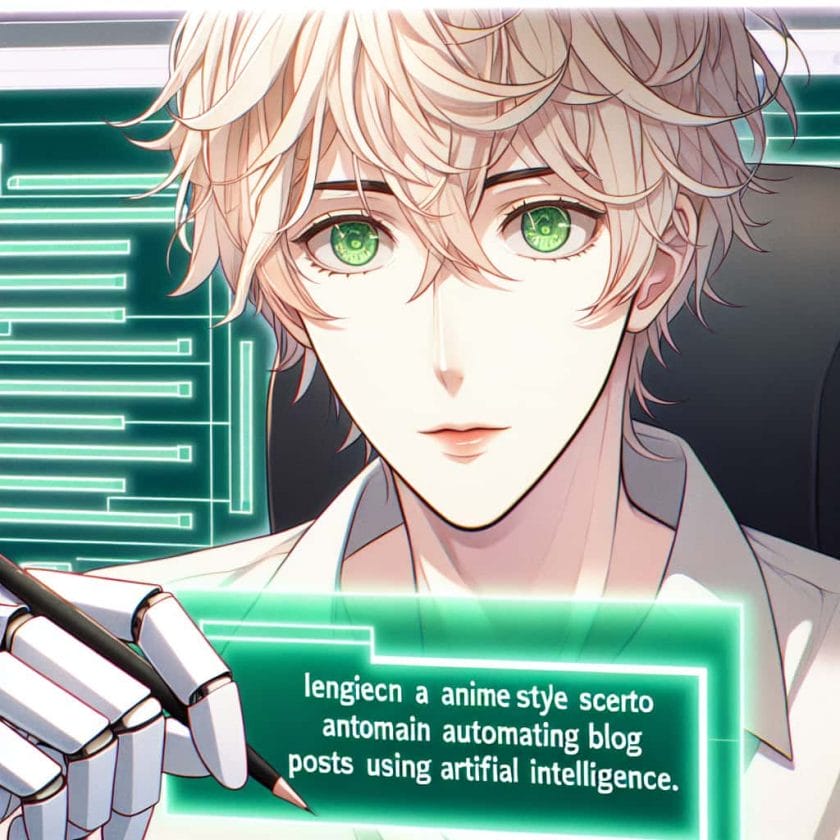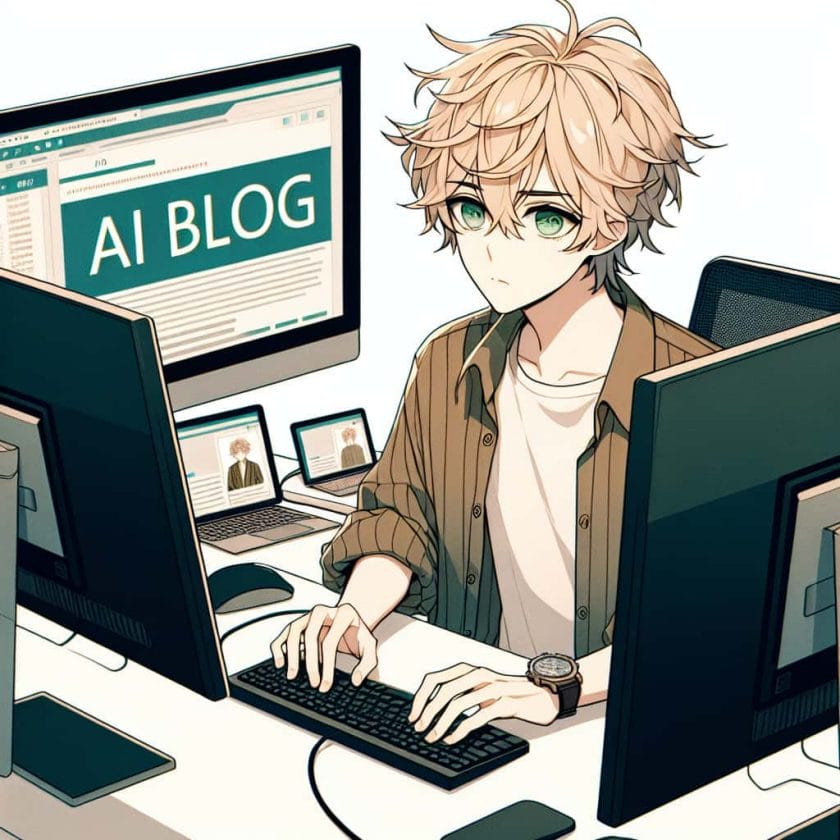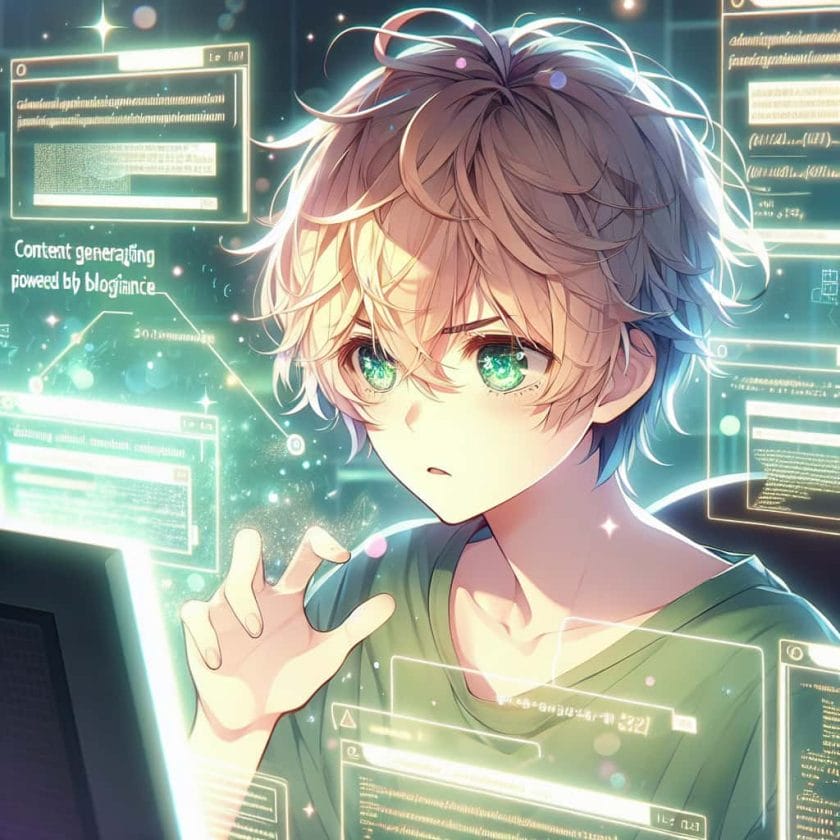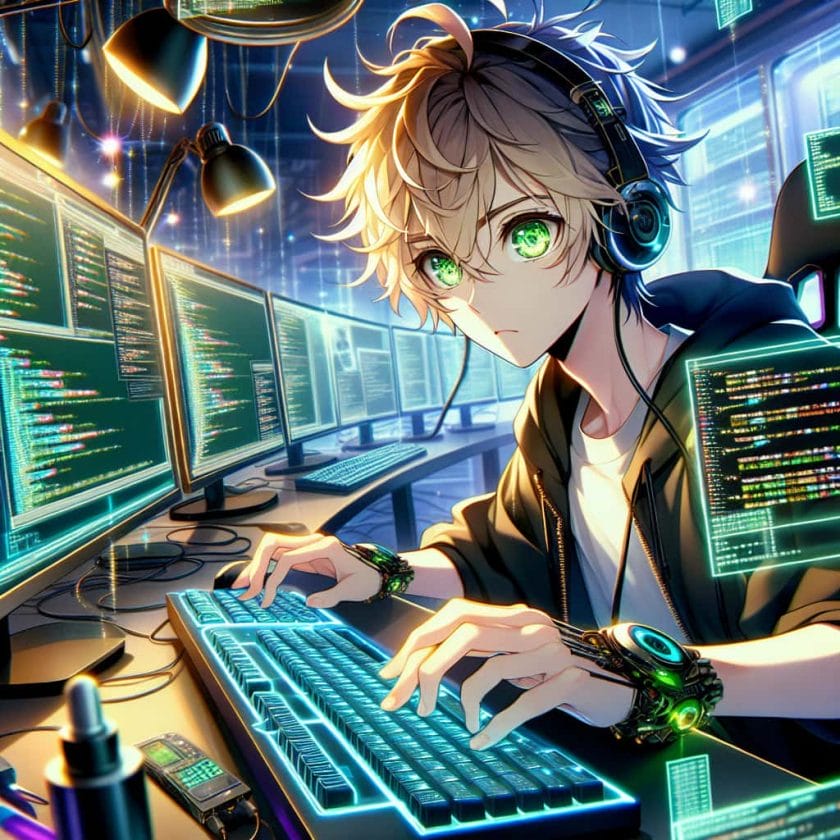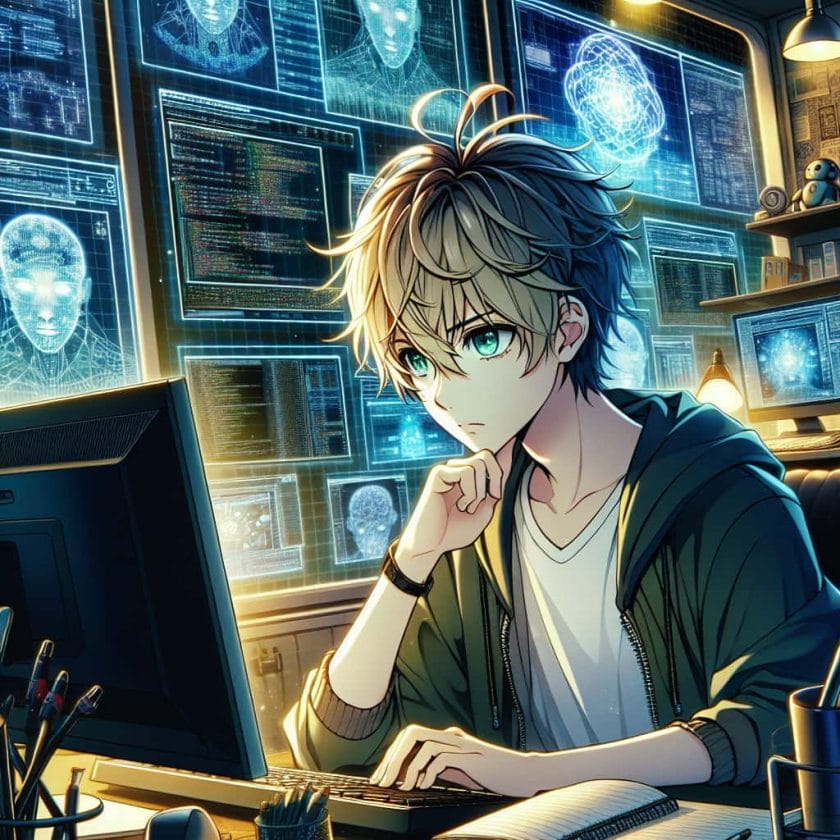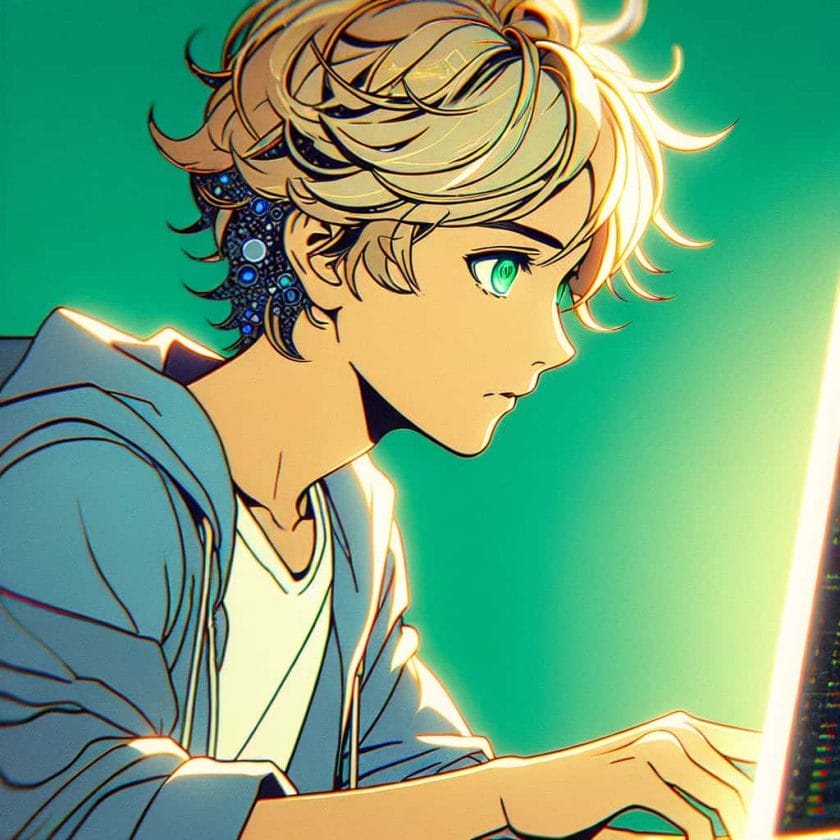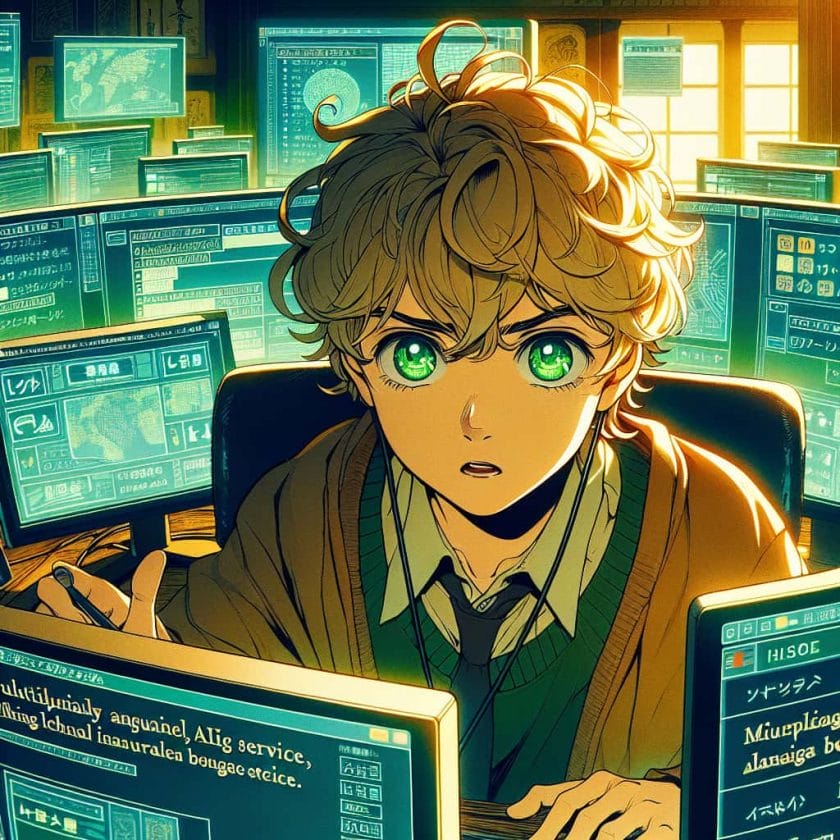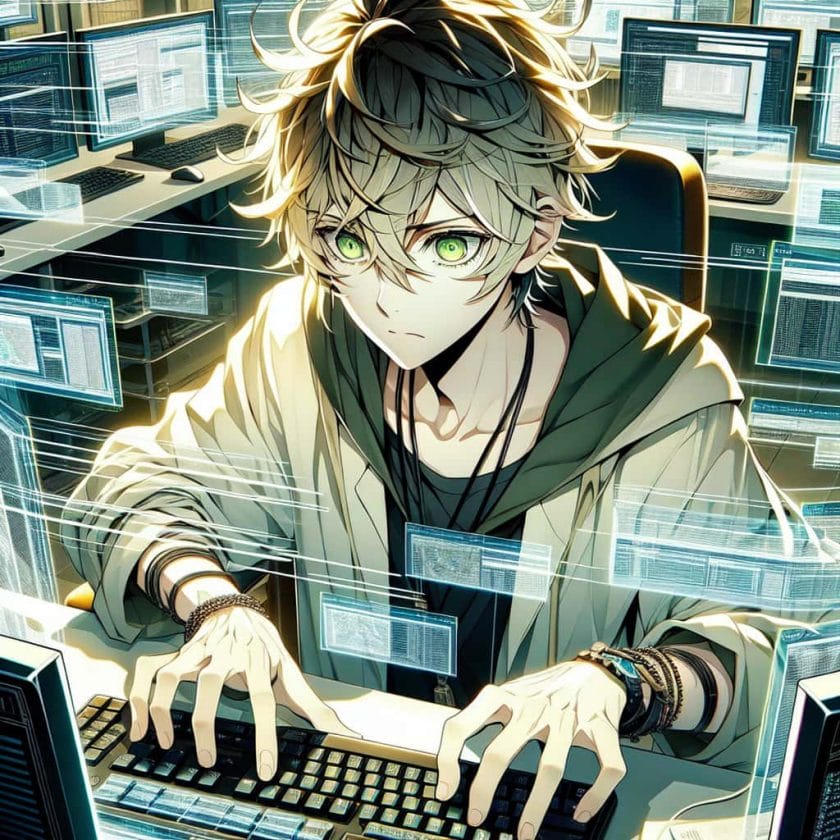Chat OpenAI is an innovative platform that uses artificial intelligence to create chatbots capable of holding natural and engaging conversations with humans.
What is OpenAI and what does it do?
As an AI expert, I often find myself getting lost in the world of artificial intelligence. One company that has been making waves in the industry is OpenAI. Founded in 2015 by some of the biggest names in tech, including Elon Musk and Sam Altman, OpenAI aims to create safe AI that benefits humanity.
OpenAI’s main focus is on developing advanced AI technologies that can solve complex problems and improve human lives. The company’s research spans a wide range of fields, from natural language processing to robotics, and it has produced some impressive results. For example, OpenAI’s GPT-3 language model has been hailed as a breakthrough in natural language processing thanks to its ability to generate coherent and contextually relevant text.
Overall, OpenAI is an exciting player in the AI industry and one that I’m keeping a close eye on as it continues to push boundaries and develop new technologies.
How did OpenAI develop its chat technology?
OpenAI’s chat technology is based on deep learning algorithms that were trained on vast amounts of text data. The company used a technique called unsupervised learning to train its models, which means that they were able to learn patterns and relationships within the data without being explicitly told what to look for.
To train its chatbot specifically, OpenAI used a dataset called Persona-Chat. This dataset contains thousands of conversations between people discussing various topics. By training its model on this data, OpenAI was able to teach it how humans naturally converse with each other.
The development process for OpenAI’s chat technology was a long one, with the team constantly testing and refining their models until they achieved the level of accuracy they were looking for. Today, their chatbot is one of the most advanced on the market.
What is the purpose of chat technology in OpenAI?
The purpose of OpenAI’s chat technology is to create a conversational AI that can interact with humans in a natural and intuitive way. The company believes that chatbots have the potential to revolutionize the way we interact with machines, making it easier for people to get the information they need and complete tasks more efficiently.
OpenAI’s chatbot is designed to be versatile and adaptable, able to handle a wide range of tasks and conversations. It can answer questions, provide recommendations, and even engage in small talk. The ultimate goal of the technology is to create an AI assistant that can assist people with their daily lives, whether it’s helping them plan their schedule or ordering groceries online.
How does OpenAI’s chat technology differ from other chatbots?
One of the key differences between OpenAI’s chat technology and other chatbots is its ability to generate text that is contextually relevant and coherent. Thanks to its advanced deep learning algorithms, the chatbot is able to understand the nuances of human language and respond in a way that feels natural.
Another difference is OpenAI’s focus on safety and ethical considerations. The company has made a commitment to developing AI technologies that are safe for humans and won’t cause harm. This sets it apart from other companies that may be more focused on profit or market share.
Finally, OpenAI’s chatbot is highly customizable, allowing developers to tailor its responses and behavior according to their specific needs. This makes it an attractive option for businesses looking to implement conversational AI into their operations.
What are some examples of applications that use OpenAI’s chat technology?
OpenAI’s chat technology has many potential applications across various industries. Some examples include:
– Customer service: Chatbots powered by OpenAI could be used by businesses to provide instant support for customers, answering common questions or resolving issues.
– Personal assistants: With its ability to understand natural language, OpenAI’s chatbot could be used as a personal assistant to help people manage their schedules, make appointments, and more.
– Education: Chatbots could be used in educational settings to provide personalized learning experiences for students, answering questions and providing feedback.
– Mental health: OpenAI’s chatbot could be used as a mental health assistant, providing support and resources for those struggling with mental health issues.
How accurate is OpenAI’s chat technology in understanding natural language?
OpenAI’s chat technology is highly accurate when it comes to understanding natural language. In fact, its GPT-3 language model has been praised for its ability to generate text that is contextually relevant and coherent.
Of course, like any AI technology, there are limitations. The chatbot may struggle with certain dialects or slang terms, and it may not always understand the intent behind a particular question or statement. However, overall the accuracy of OpenAI’s chat technology is impressive.
What kind of data does OpenAI’s chat technology rely on to function effectively?
OpenAI’s chat technology relies on vast amounts of text data to function effectively. This data is used to train the deep learning algorithms that power the chatbot.
The company uses a variety of datasets in its training process, including news articles, books, and social media posts. By exposing its models to this diverse range of text data, OpenAI is able to teach them how humans use language in different contexts.
In addition to these general datasets, OpenAI also uses specialized datasets for specific tasks. For example, its Persona-Chat dataset was specifically designed for training conversational AI models.
Can OpenAI’s chat technology be used for customer service or support purposes?
Yes, OpenAI’s chat technology can definitely be used for customer service or support purposes. In fact, this is one of the primary applications for conversational AI.
By implementing a chatbot powered by OpenAI, businesses can provide instant support to customers, answering common questions and resolving issues. This can help improve customer satisfaction and reduce the workload on human support staff.
Of course, it’s important to note that chatbots shouldn’t be used as a replacement for human support entirely. There will always be situations where human intervention is necessary, particularly in complex or emotionally charged scenarios.
How can businesses benefit from using OpenAI’s chat technology?
Businesses can benefit from using OpenAI’s chat technology in a variety of ways. Some potential benefits include:
– Improved customer service: Chatbots can provide instant support to customers, reducing wait times and improving satisfaction.
– Increased efficiency: Chatbots can handle routine tasks such as scheduling appointments or processing orders, freeing up human staff to focus on more complex tasks.
– Cost savings: By automating certain tasks with chatbots, businesses can reduce their labor costs and improve their bottom line.
– Personalization: With its ability to understand natural language, OpenAI’s chatbot can provide personalized experiences for customers, tailoring its responses and behavior based on individual preferences.
Are there any privacy concerns associated with using OpenAI’s chat technology?
As with any AI technology that collects data from users, there are potential privacy concerns associated with using OpenAI’s chat technology. Businesses must ensure that they are transparent about how user data is collected and used and take steps to protect sensitive information.
OpenAI itself has made a commitment to ethical AI development and has implemented measures such as differential privacy to protect user data. However, it’s always important for businesses to do their due diligence when implementing new technologies that collect user data.
Does OpenAI provide any training or resources for developers who want to use its chat technology?
Yes, OpenAI provides a variety of training and resources for developers who want to use its chat technology. This includes documentation, code samples, and support forums where developers can ask questions and get help.
In addition, OpenAI has created an API that allows developers to easily integrate its chatbot into their applications. The API is designed to be user-friendly and accessible to developers of all skill levels.
Is it possible to customize the responses generated by OpenAI’s chatbot according to specific needs or preferences?
Yes, it is definitely possible to customize the responses generated by OpenAI’s chatbot according to specific needs or preferences. Developers can control the behavior of the chatbot by adjusting various parameters such as response length, tone, and topic.
In addition, OpenAI’s API allows for easy customization of the chatbot’s responses through the use of prompts. Prompts are pre-written pieces of text that provide context for the chatbot’s response. By crafting custom prompts, developers can ensure that the chatbot responds in a way that is tailored to their specific needs.
Can users interact with multiple instances of the same bot simultaneously without affecting each other’s conversations?
Yes, users can interact with multiple instances of the same bot simultaneously without affecting each other’s conversations. OpenAI’s chat technology is designed to handle multiple conversations at once, with each conversation being treated as a separate instance.
This means that if two users are interacting with the same bot at the same time, their conversations will be kept completely separate from each other. Each user will receive personalized responses based on their own conversation history and context.
Has there been any criticism of OpenAI’s approach to developing its chatbot?
As with any new technology, there has been some criticism of OpenAI’s approach to developing its chatbot. One common concern is around bias in AI models and how this could affect the chatbot’s responses.
OpenAI has taken steps to address this concern, including implementing measures such as differential privacy and creating a diverse range of training datasets. However, there is always room for improvement, and it’s important for AI developers to remain vigilant when it comes to bias and ethics in AI development.
What are some potential future developments for OpenAI’s chat technology, and how might they impact various industries?
Looking to the future, there are many exciting developments on the horizon for OpenAI’s chat technology. Some potential areas of growth include:
– Increased personalization: As AI models become more sophisticated, OpenAI’s chatbot could become even better at tailoring its responses to individual users.
– Integration with other technologies: OpenAI’s chatbot could be integrated with other technologies such as voice assistants or augmented reality devices to create even more immersive experiences.
– Improved accuracy: As OpenAI continues to refine its deep learning algorithms, the accuracy of its chatbot is likely to improve even further.
– New applications: As businesses continue to explore the potential of conversational AI, new applications for OpenAI’s chat technology are likely to emerge.
Overall, I’m excited about the future of OpenAI’s chat technology and can’t wait to see how it will continue to evolve and shape the world around us.
In conclusion, Chat OpenAI is a powerful tool that can revolutionize the way we communicate with each other. With its advanced natural language processing capabilities, it can understand and respond to human queries in a way that feels like talking to a real person. If you’re interested in exploring the possibilities of AI, we encourage you to get in touch with us and check out our range of services. We’d love to help you harness the power of this exciting technology!
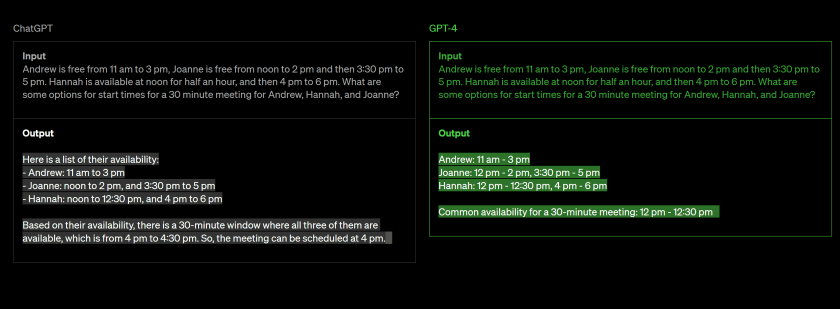
What is the purpose of OpenAI?
OpenAI is a privately-owned research facility, dedicated to advancing the development of artificial intelligence (AI) in ways that will have a positive impact on society. It was established in 2015 by a team that included Elon Musk and Sam Altman, and is based in the city of San Francisco.
What is the difference between ChatGPT and OpenAI?
OpenAI Playground contains various pre-trained models that users can test out and also offers the opportunity for users to create their own models. While ChatGPT is already pre-trained, users cannot utilize their own data to further train it. This information was last updated on April 6, 2023.
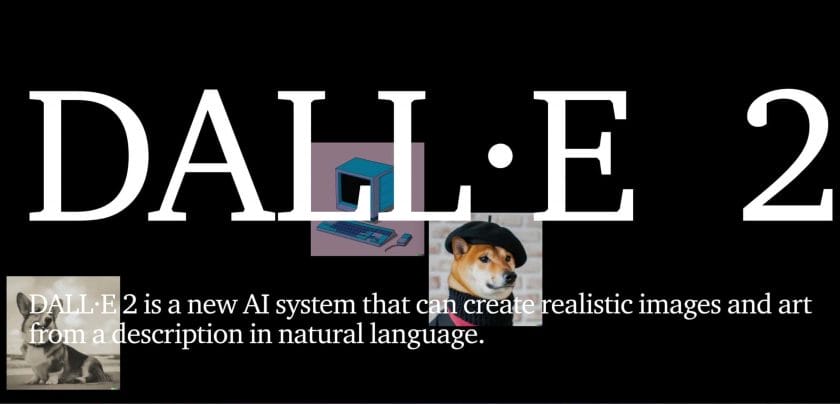
How does the OpenAI chatbot work?
OpenAI has developed the ChatGPT model using Reinforcement Learning from Human Feedback (RLHF) technique which enables it to simulate conversations, respond to follow-up questions, acknowledge errors, question incorrect assumptions, and refuse inappropriate requests.
What are people using ChatGPT for?
ChatGPT is an AI-powered natural language processing tool that enables you to communicate with a chatbot in a way that resembles human conversation, plus many other features. The language model is capable of answering inquiries and supporting you with tasks, including creating emails, essays, and code. As of April 18th, 2023, this technology is available.
Does Elon Musk still own OpenAI?
In 2015, Musk helped establish OpenAI as a non-profit organization. However, he resigned from the board of OpenAI in 2018.
Does Elon Musk belong to OpenAI?
Although Elon Musk was once a shareholder in OpenAI, he no longer owns any shares in the company as he sold them to Microsoft in 2018. Therefore, Elon Musk is not the current owner of OpenAI, but he still plays a role in the company.
